China, 960-1368. Covered overall in a thick and finely crackled lavender-blue glaze dramatically and profusely decorated with rich purple and copper-green splashes, the glaze thinning to olive-green at the mouth and pooling over the foot, the foot rim left unglazed and burnt orange in the firing, the underside and some areas to the body densely suffused with bubbles. Provenance: French private estate. Chevau-Legers Enchères, Versailles, 3 December 2010, lot 182. Collection Particulière Française, acquired from the above. Condition: Good condition with old wear and significant firing flaws, including pitting, numerous burst bubbles partially filled with sedimental encrustations, glaze pooling, and glaze recesses. A small old fill to a chip at the mouth rim. Losses and abrasions to glaze pooling around the foot rim, mostly inherent to the firing process, with associated sedimental encrustations. Intentional glaze crackling. Presents very well overall. Weight: 1,320 g Dimensions: Height 26.6 cm The superb glaze of this vase is a particularly luminous blue, punctuated by vivid, dynamic purple and green splashes. The effect is to create an intimate, jewel-like piece that delights when held in the hand, especially in natural sunlight, where elements of the complex glaze develop a distinct iridescence. Classic Jun glazes are thick, opalescent, and translucent. Despite their color, they fall within the celadon family of glazes. The Jun glaze’s opalescence and distinctive robin’s-egg hue resulted from the spontaneous separation of the glaze into silica-rich and lime-rich glasses during the last stage of firing. In essence, the formation of tiny globules of lime-rich glass within the silica-rich glaze matrix is an important phenomenon known as phase separation. During that stage, kiln temperature was maintained at or just a little below 1200° Celsius, after which the kiln was slowly cooled down. These measures specifically cause phase separation in Jun glaze mixtures. The glaze’s translucency, which sometimes borders on opacity, derives not only from phase separation but from the presence of numerous particles and bubbles. Jun wares were fired in circular, domed kilns of the mantou-type, so-named because of the kiln shape’s superficial resemblance to a Chinese dumpling. Due to their relatively small size and thick walls, mantou kilns permit more precise control of firing temperatures than most other traditional kiln types. But because of their smaller size, output was also significantly limited, hence the rarity of authentic Jun wares. Expert’s note: The present vase features a vivid and rich glaze, but of a clearly experimental nature, with various firing irregularities as a result. It also shows numerous elements seen on other Jun ware spanning the Song and Yuan dynasties, which in this specific combination however appear to be extremely rare. For a bowl showing similar pitting (fig. 1), dated Northern Song, see Christie’s New York, 24 July 2020, lot 2. For a dish showing similar thinning at the rim (fig. 2), dated Northern Song to Jin, see Sotheby’s London, 13 July 2005, lot 135. For a bowl with similar copper-green splashes (fig. 3), dated Northern Song to Jin, see Christie’s New York, 22 March 2018, lot 536. For a tripod censer showing similar glaze losses and pooling at the base (fig. 4), dated Song to Yuan, see Sotheby’s London, 12 November 2003, lot 135. For a pear-shaped vase with a similar crackling to the glaze (fig. 5), dated Jin to Yuan, see Christie’s New York, 22 March 2019, lot 1721. Literature comparison: A related bottle of near-identical form, excavated in Tuoxian, Huhehot, Inner Mongolia, is illustrated in Zhongguo taoci quanji [Complete series on Chinese ceramics], vol. 10, Shanghai, 2000, plate 192. Compare a related Jun bottle vase, with a similar rich and dramatic glaze, but slightly different form, dated to the Northern Song dynasty, in the collection of the British Museum, museum number PDF.92. Auction result c
China, 960-1368. Covered overall in a thick and finely crackled lavender-blue glaze dramatically and profusely decorated with rich purple and copper-green splashes, the glaze thinning to olive-green at the mouth and pooling over the foot, the foot rim left unglazed and burnt orange in the firing, the underside and some areas to the body densely suffused with bubbles. Provenance: French private estate. Chevau-Legers Enchères, Versailles, 3 December 2010, lot 182. Collection Particulière Française, acquired from the above. Condition: Good condition with old wear and significant firing flaws, including pitting, numerous burst bubbles partially filled with sedimental encrustations, glaze pooling, and glaze recesses. A small old fill to a chip at the mouth rim. Losses and abrasions to glaze pooling around the foot rim, mostly inherent to the firing process, with associated sedimental encrustations. Intentional glaze crackling. Presents very well overall. Weight: 1,320 g Dimensions: Height 26.6 cm The superb glaze of this vase is a particularly luminous blue, punctuated by vivid, dynamic purple and green splashes. The effect is to create an intimate, jewel-like piece that delights when held in the hand, especially in natural sunlight, where elements of the complex glaze develop a distinct iridescence. Classic Jun glazes are thick, opalescent, and translucent. Despite their color, they fall within the celadon family of glazes. The Jun glaze’s opalescence and distinctive robin’s-egg hue resulted from the spontaneous separation of the glaze into silica-rich and lime-rich glasses during the last stage of firing. In essence, the formation of tiny globules of lime-rich glass within the silica-rich glaze matrix is an important phenomenon known as phase separation. During that stage, kiln temperature was maintained at or just a little below 1200° Celsius, after which the kiln was slowly cooled down. These measures specifically cause phase separation in Jun glaze mixtures. The glaze’s translucency, which sometimes borders on opacity, derives not only from phase separation but from the presence of numerous particles and bubbles. Jun wares were fired in circular, domed kilns of the mantou-type, so-named because of the kiln shape’s superficial resemblance to a Chinese dumpling. Due to their relatively small size and thick walls, mantou kilns permit more precise control of firing temperatures than most other traditional kiln types. But because of their smaller size, output was also significantly limited, hence the rarity of authentic Jun wares. Expert’s note: The present vase features a vivid and rich glaze, but of a clearly experimental nature, with various firing irregularities as a result. It also shows numerous elements seen on other Jun ware spanning the Song and Yuan dynasties, which in this specific combination however appear to be extremely rare. For a bowl showing similar pitting (fig. 1), dated Northern Song, see Christie’s New York, 24 July 2020, lot 2. For a dish showing similar thinning at the rim (fig. 2), dated Northern Song to Jin, see Sotheby’s London, 13 July 2005, lot 135. For a bowl with similar copper-green splashes (fig. 3), dated Northern Song to Jin, see Christie’s New York, 22 March 2018, lot 536. For a tripod censer showing similar glaze losses and pooling at the base (fig. 4), dated Song to Yuan, see Sotheby’s London, 12 November 2003, lot 135. For a pear-shaped vase with a similar crackling to the glaze (fig. 5), dated Jin to Yuan, see Christie’s New York, 22 March 2019, lot 1721. Literature comparison: A related bottle of near-identical form, excavated in Tuoxian, Huhehot, Inner Mongolia, is illustrated in Zhongguo taoci quanji [Complete series on Chinese ceramics], vol. 10, Shanghai, 2000, plate 192. Compare a related Jun bottle vase, with a similar rich and dramatic glaze, but slightly different form, dated to the Northern Song dynasty, in the collection of the British Museum, museum number PDF.92. Auction result c
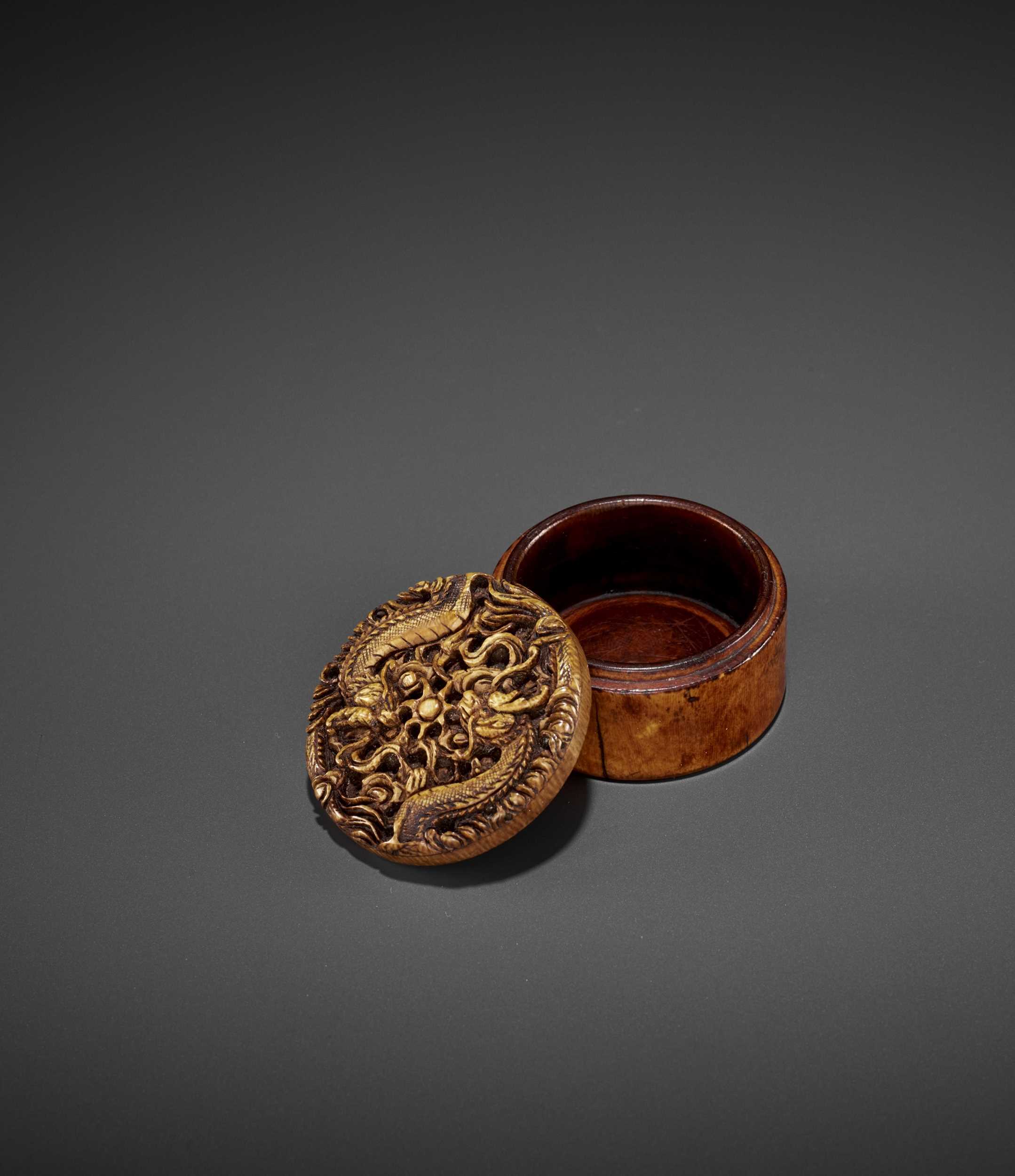
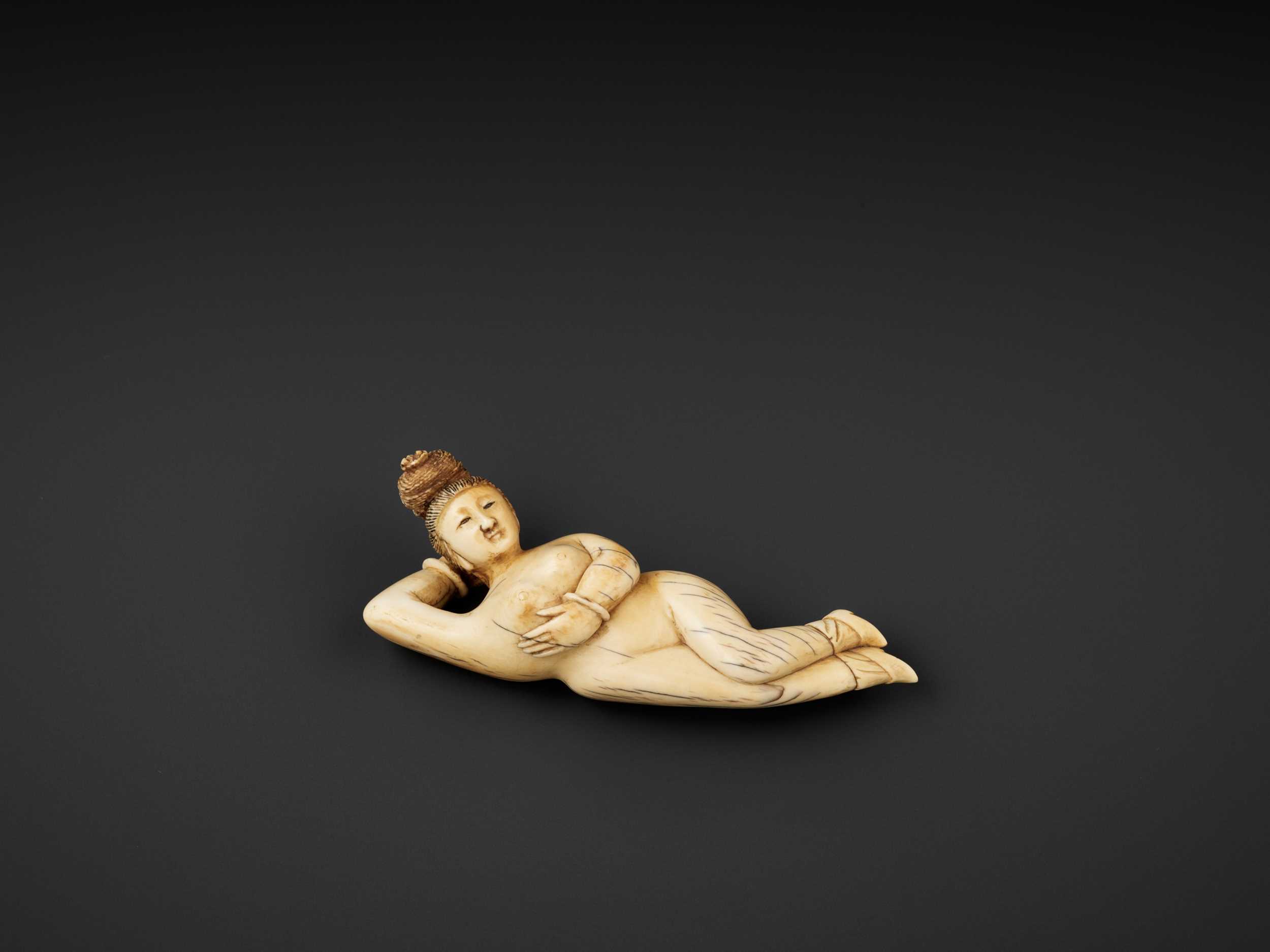
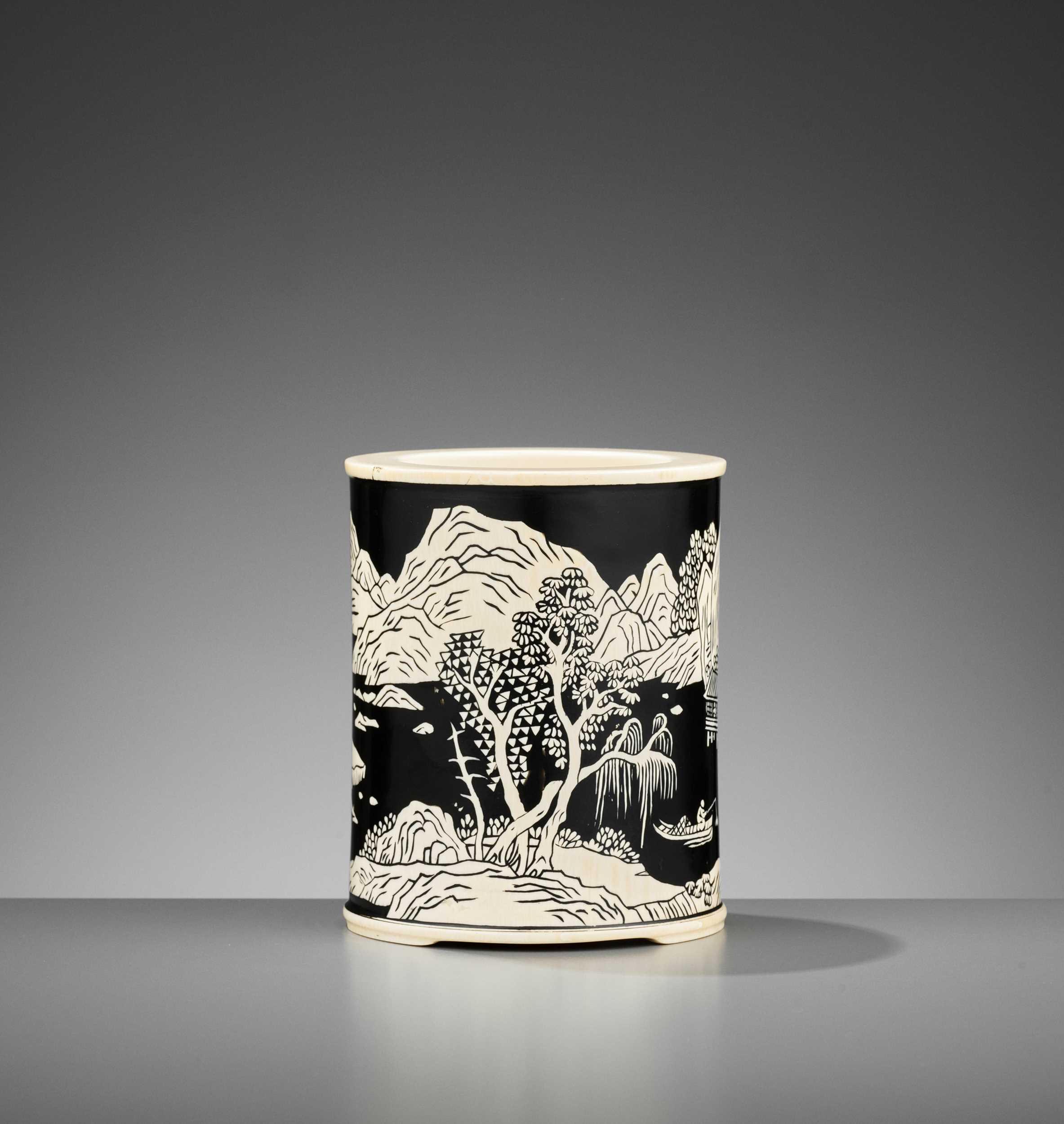
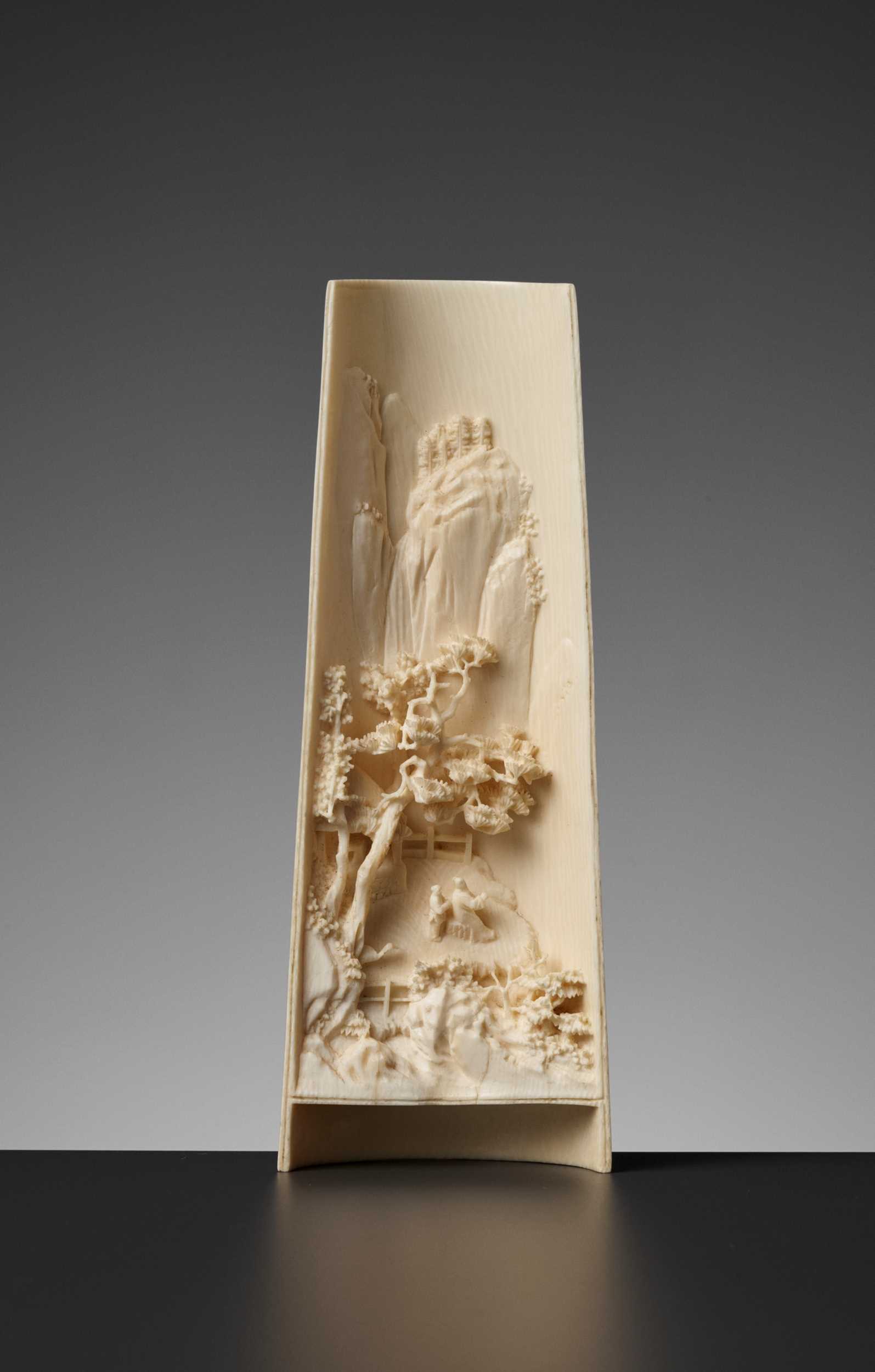
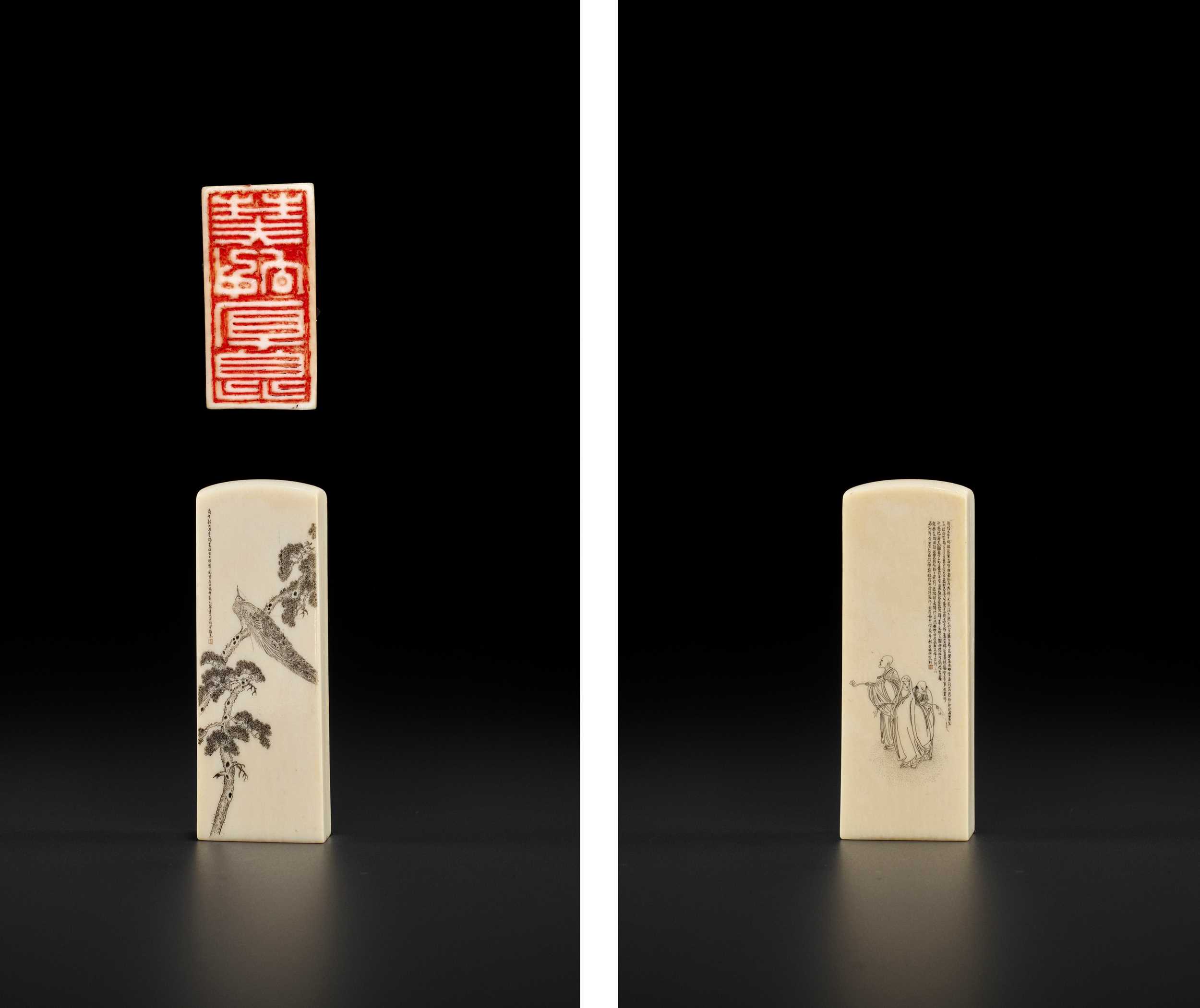
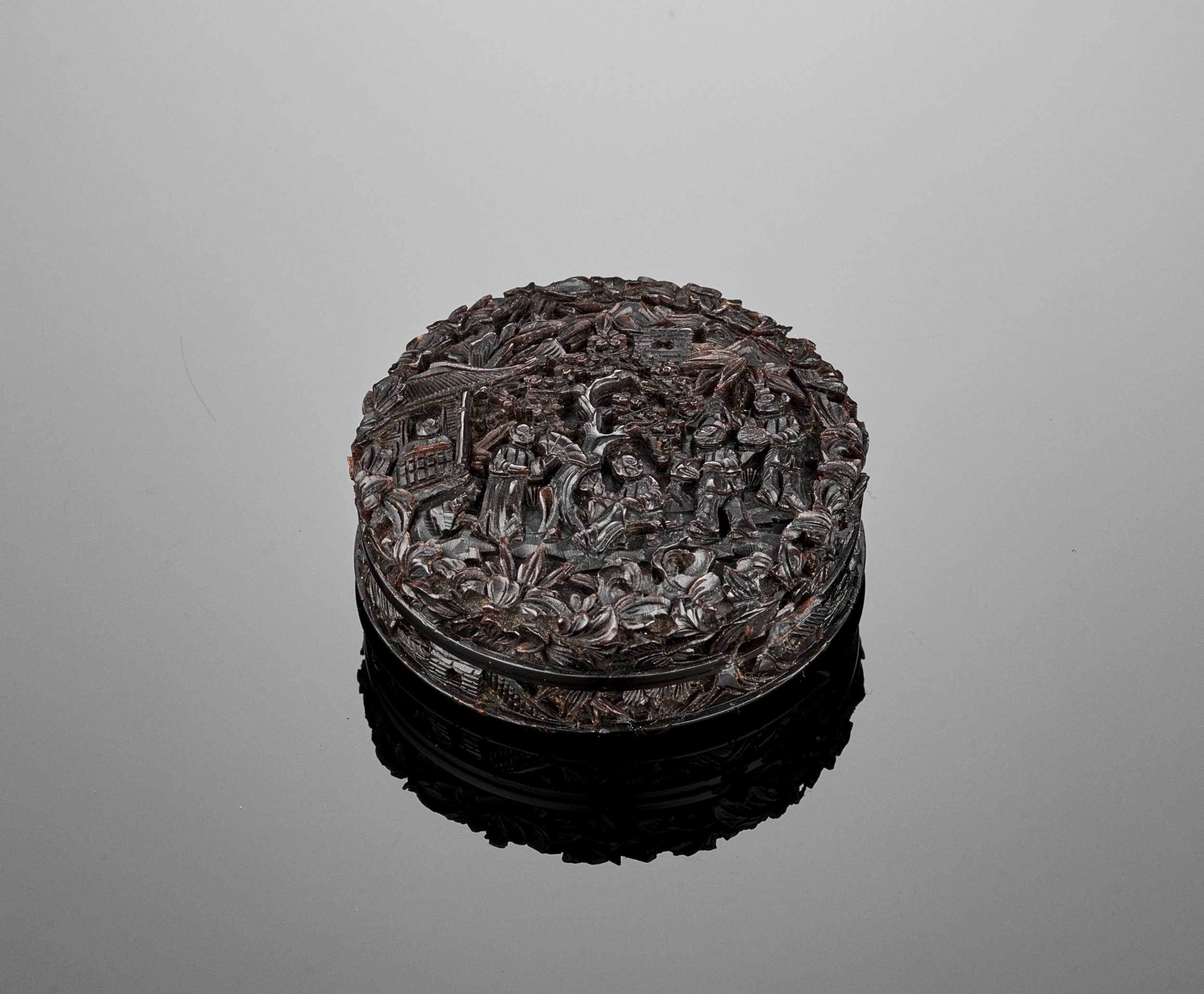
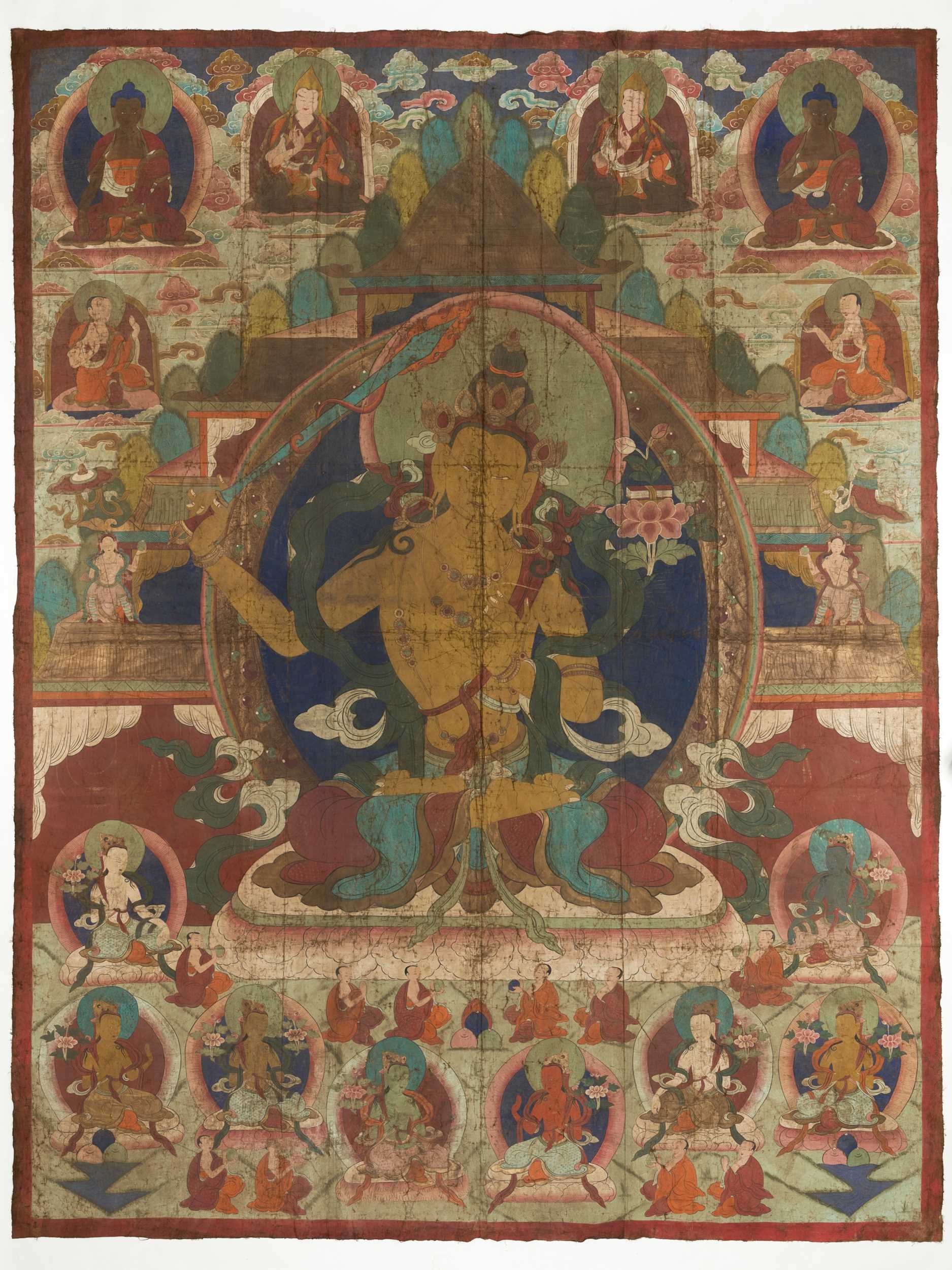
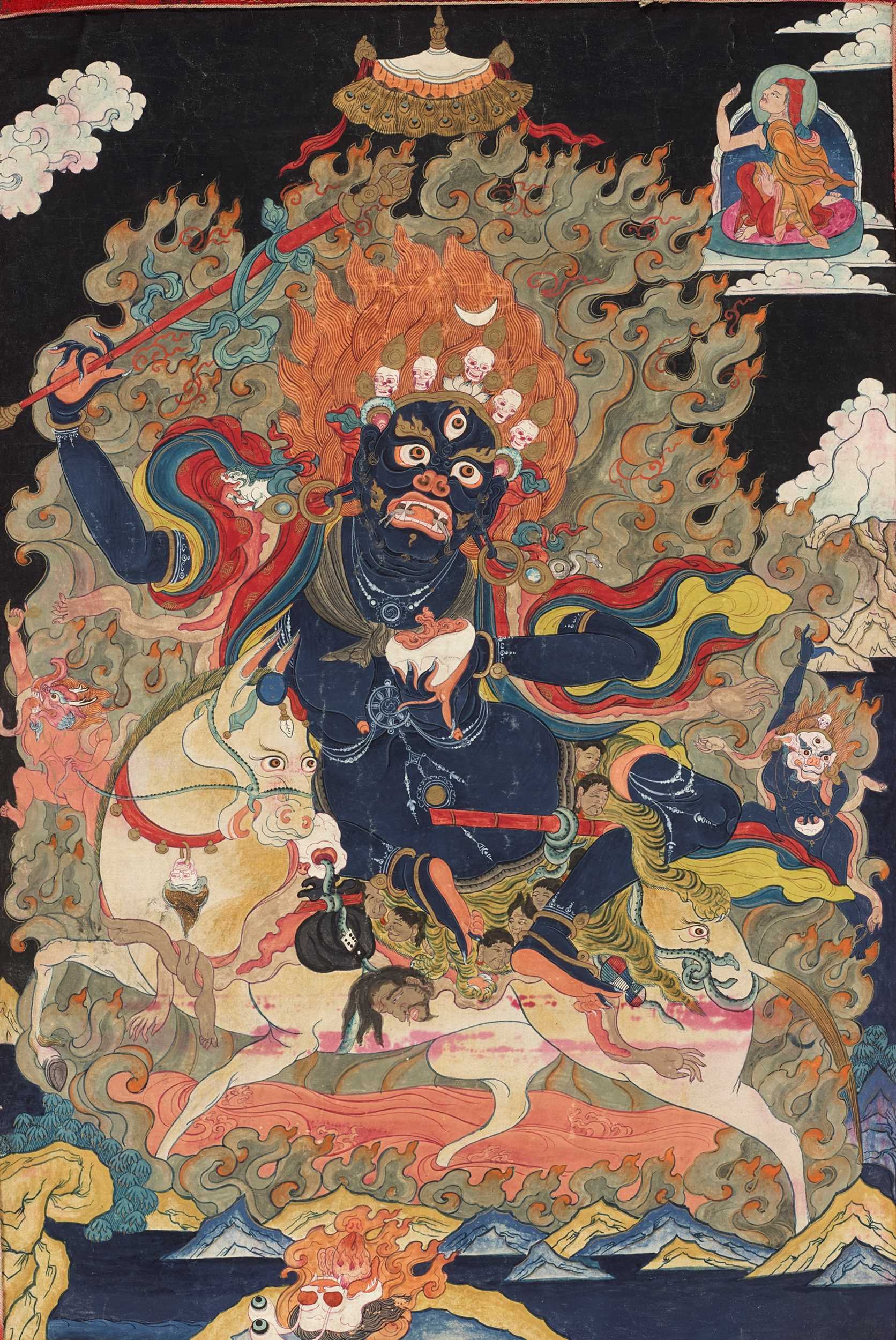
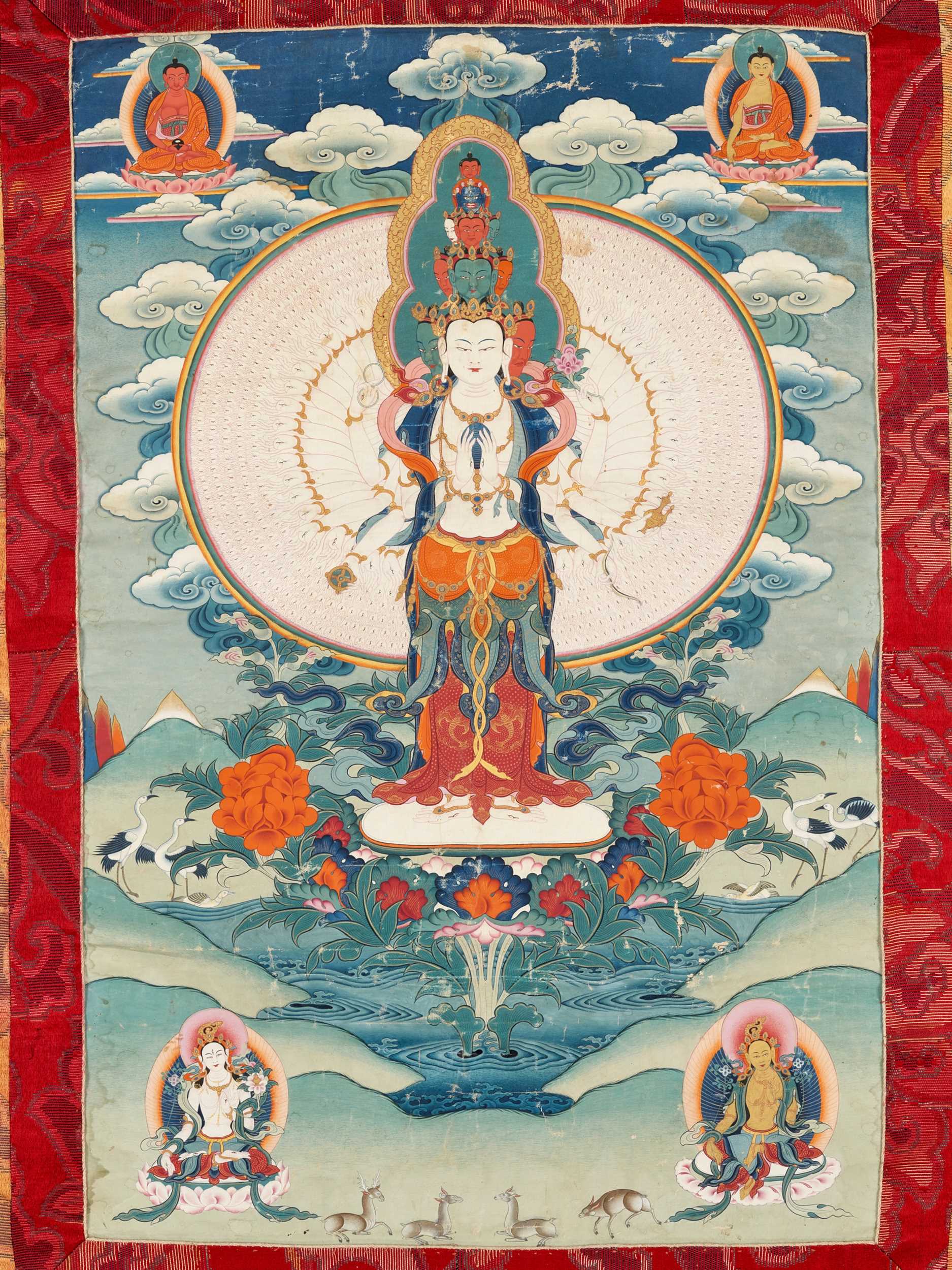
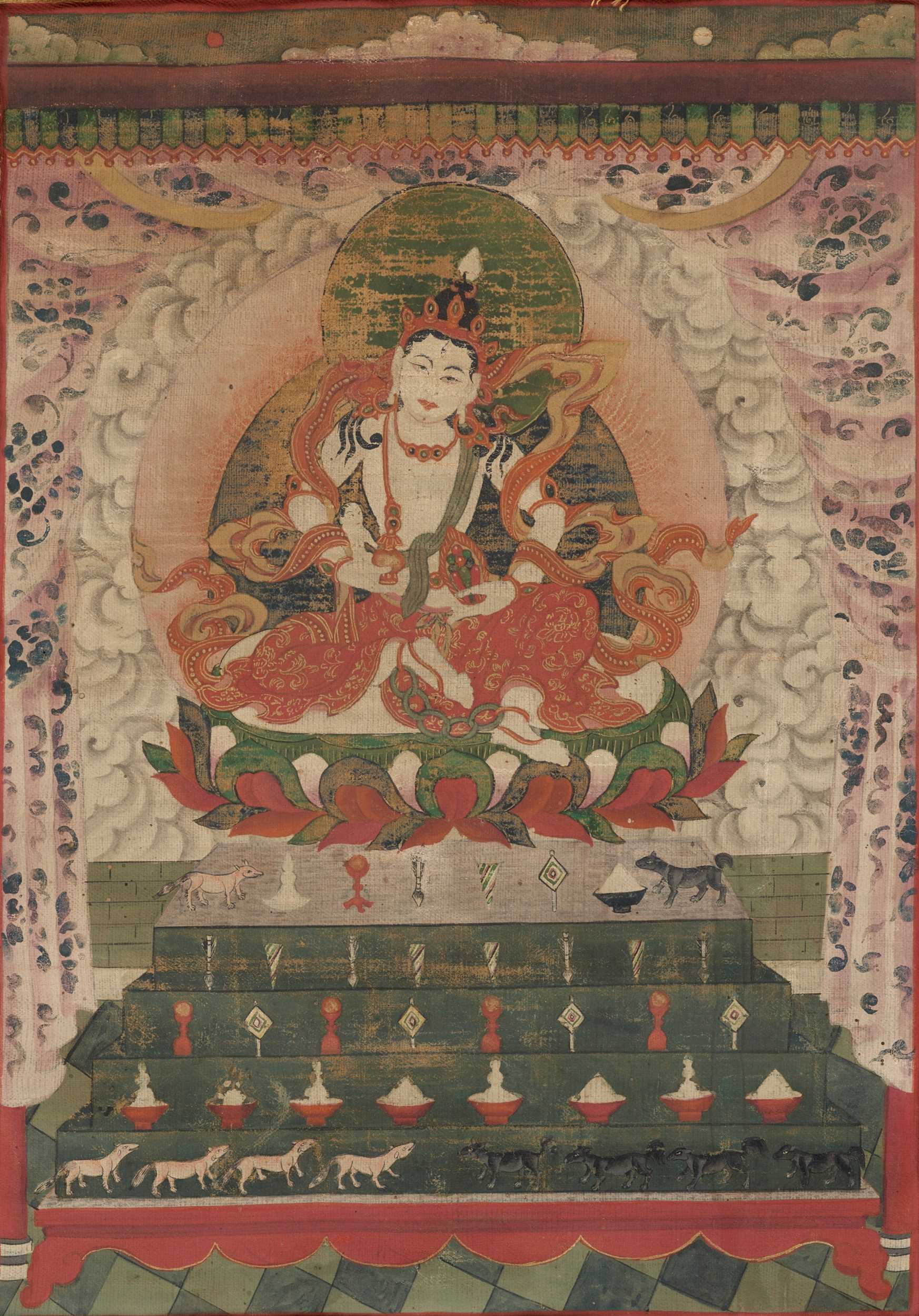
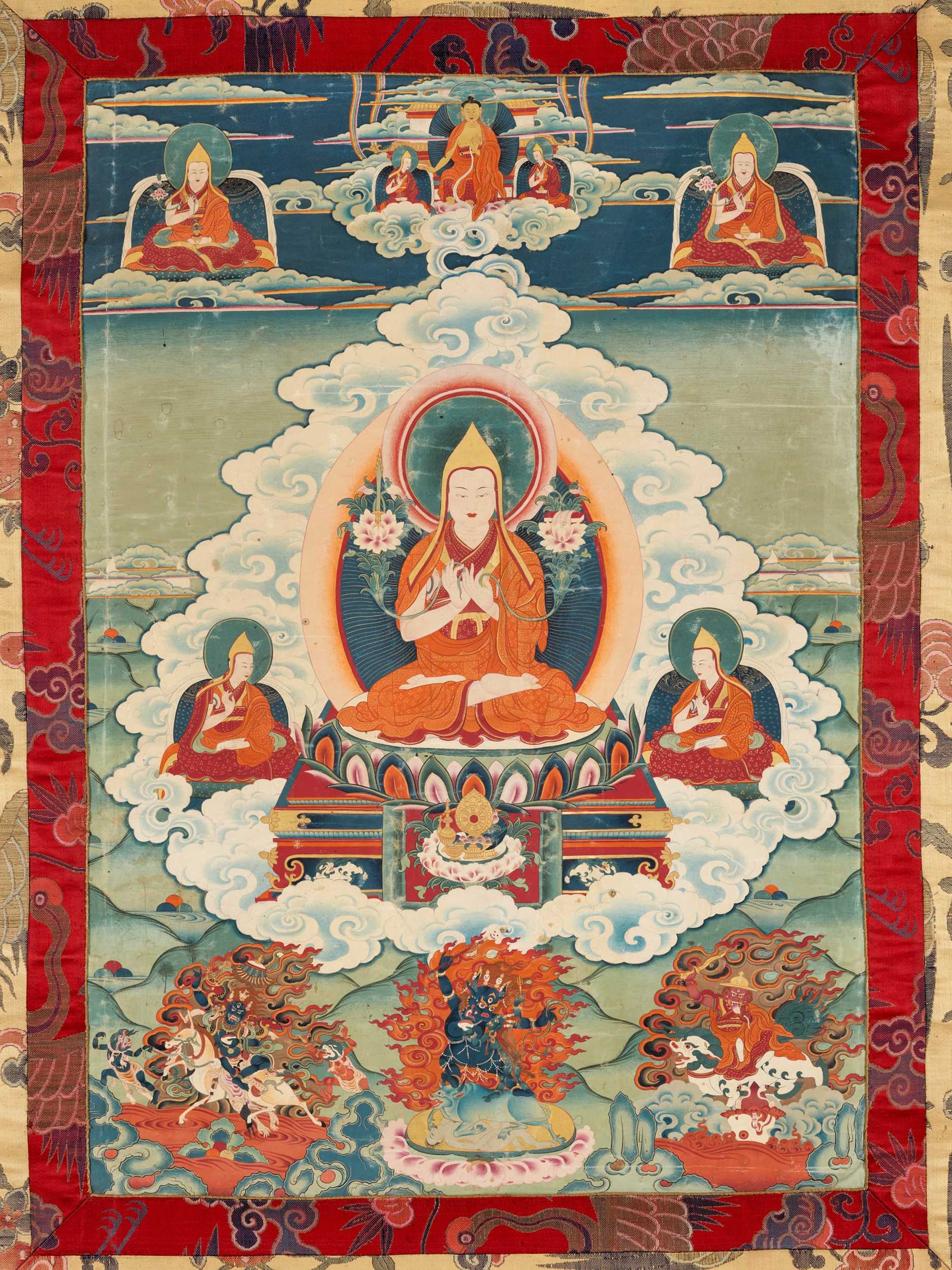
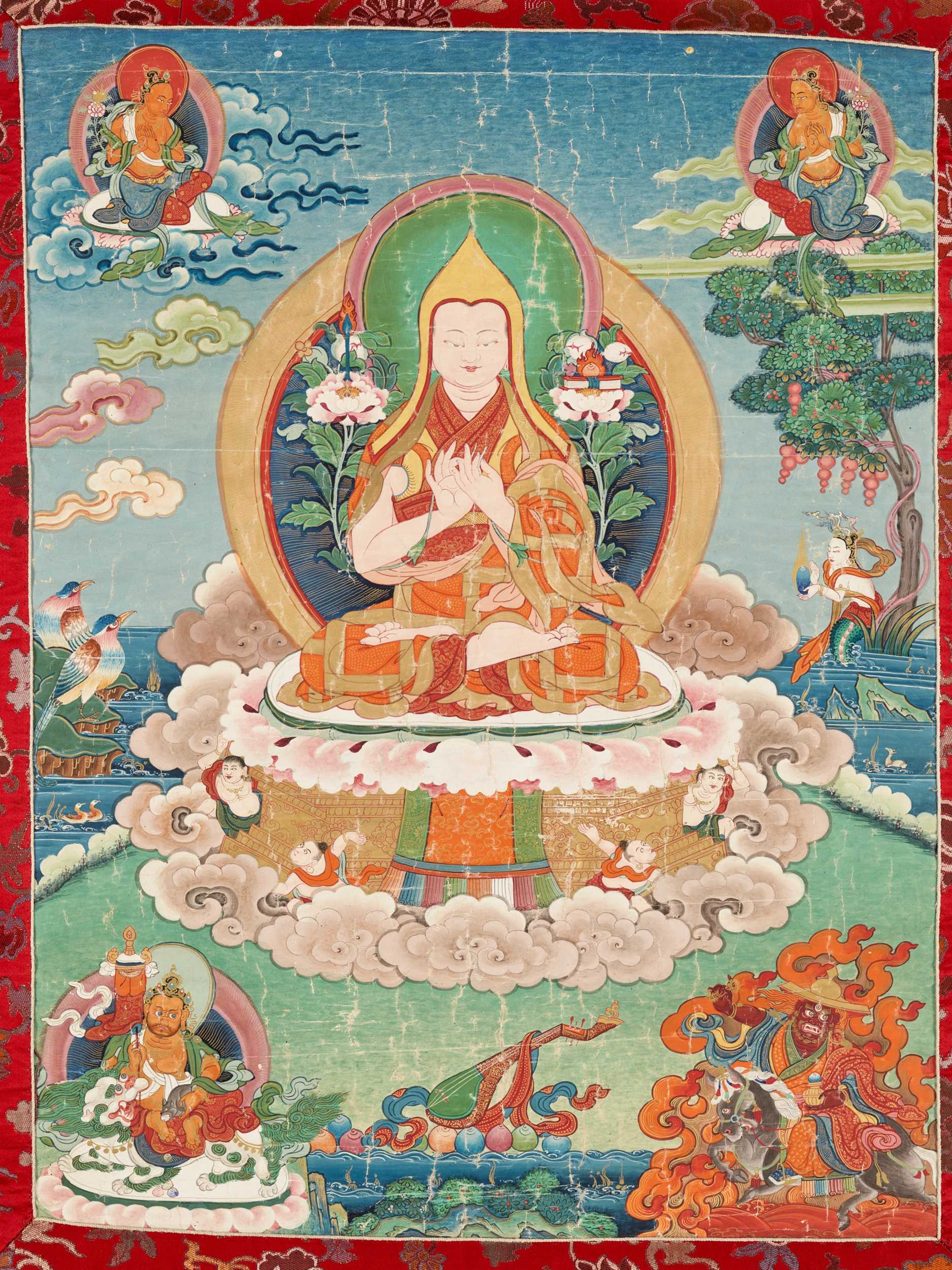
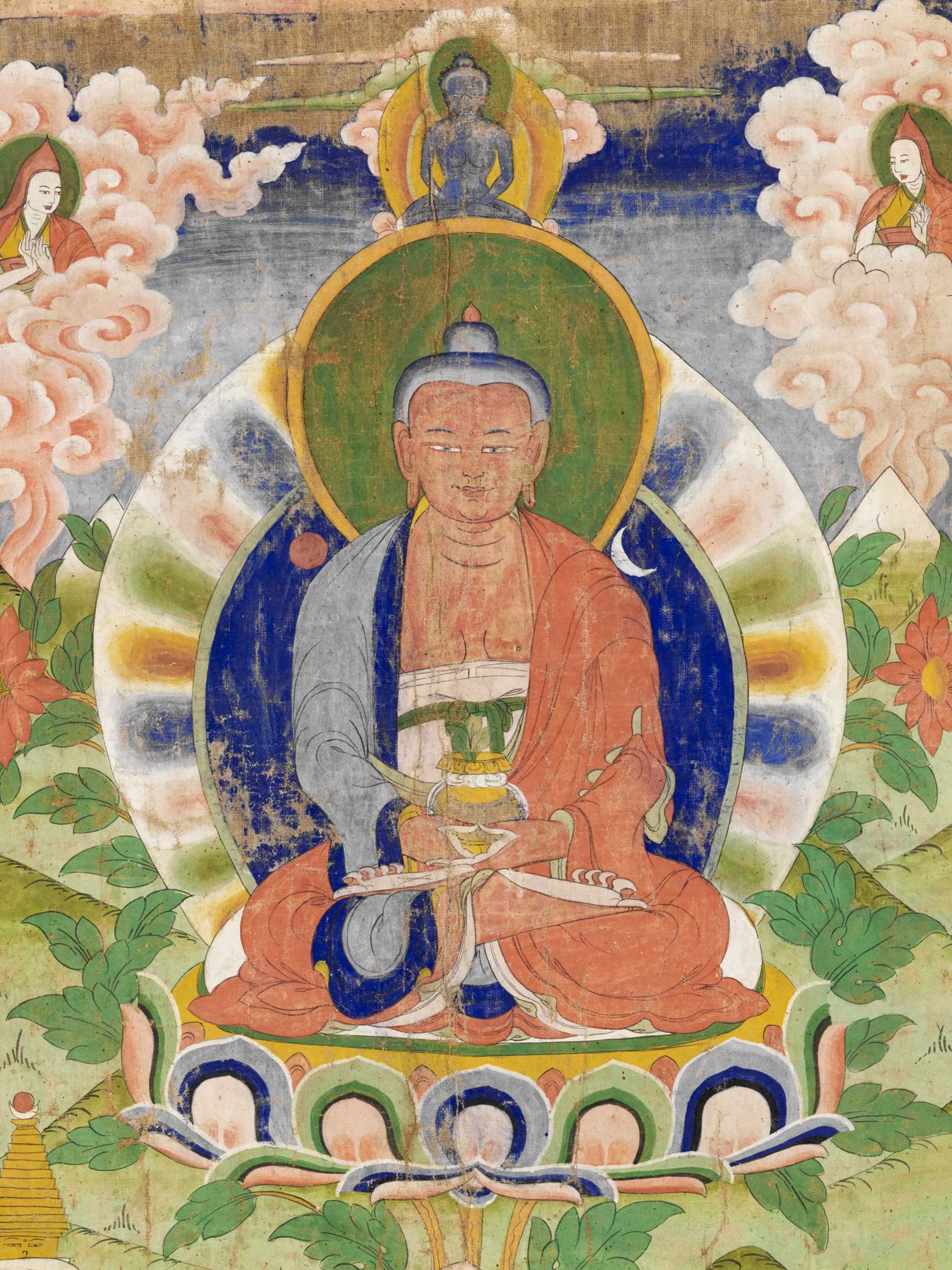
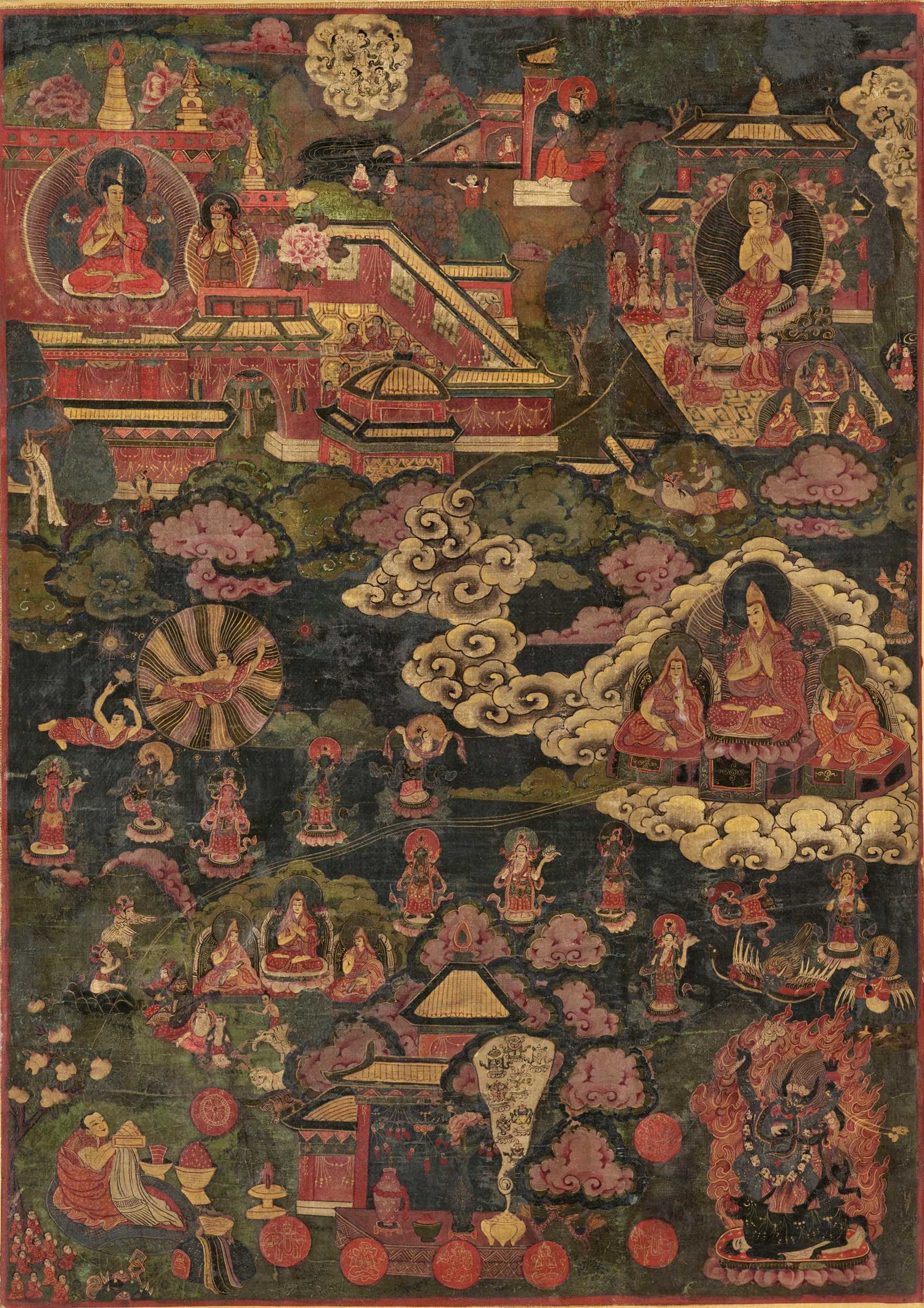
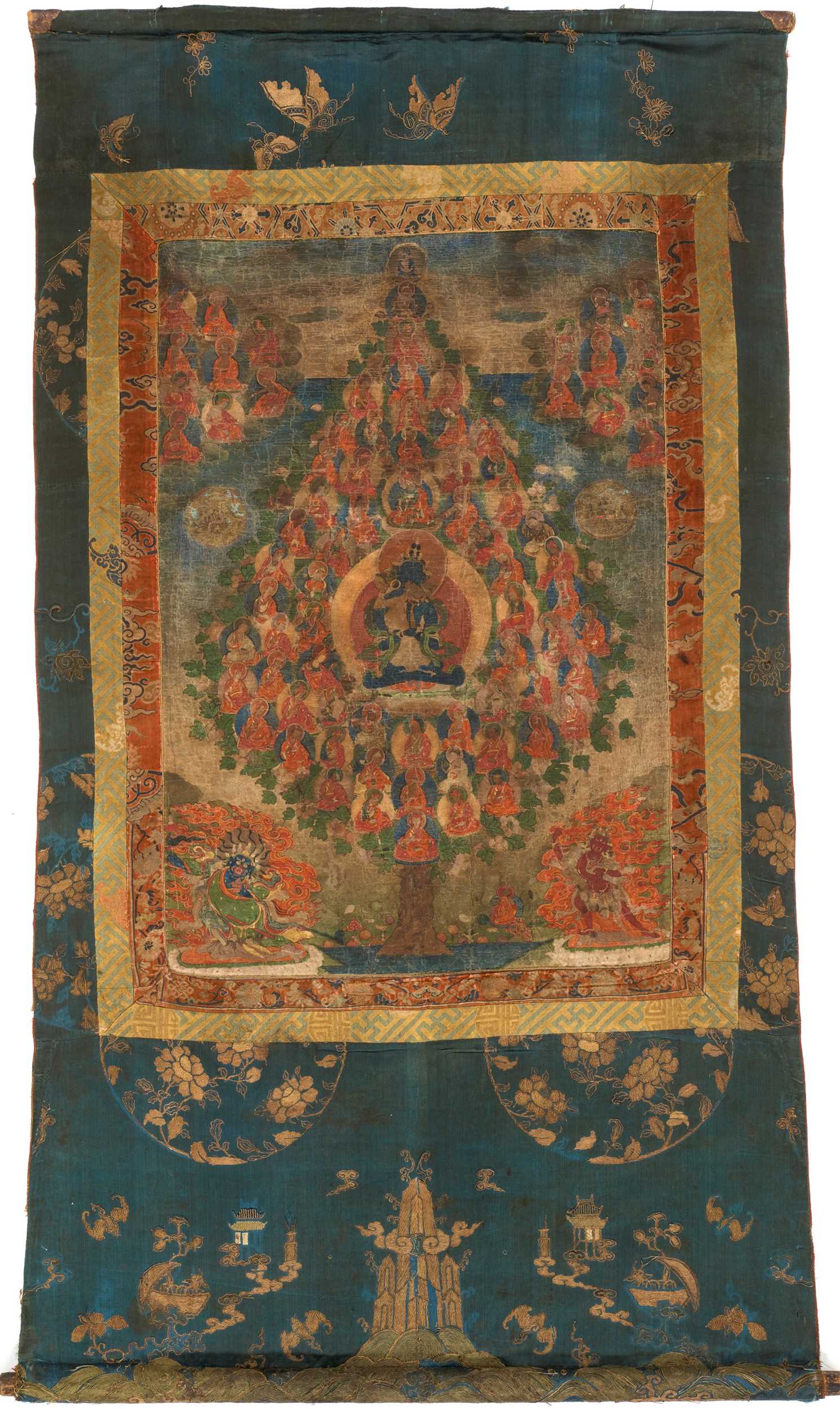
Try LotSearch and its premium features for 7 days - without any costs!
Be notified automatically about new items in upcoming auctions.
Create an alert